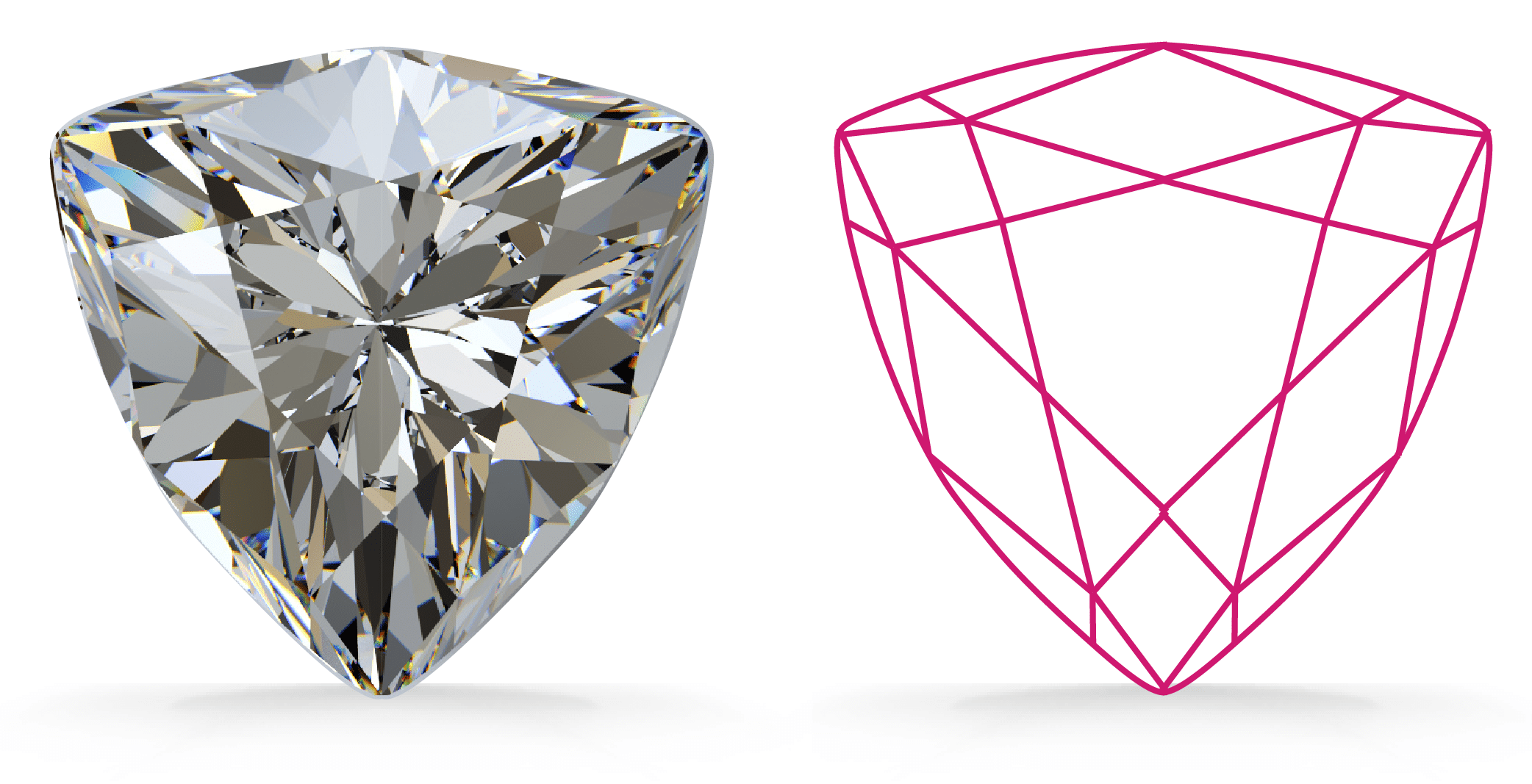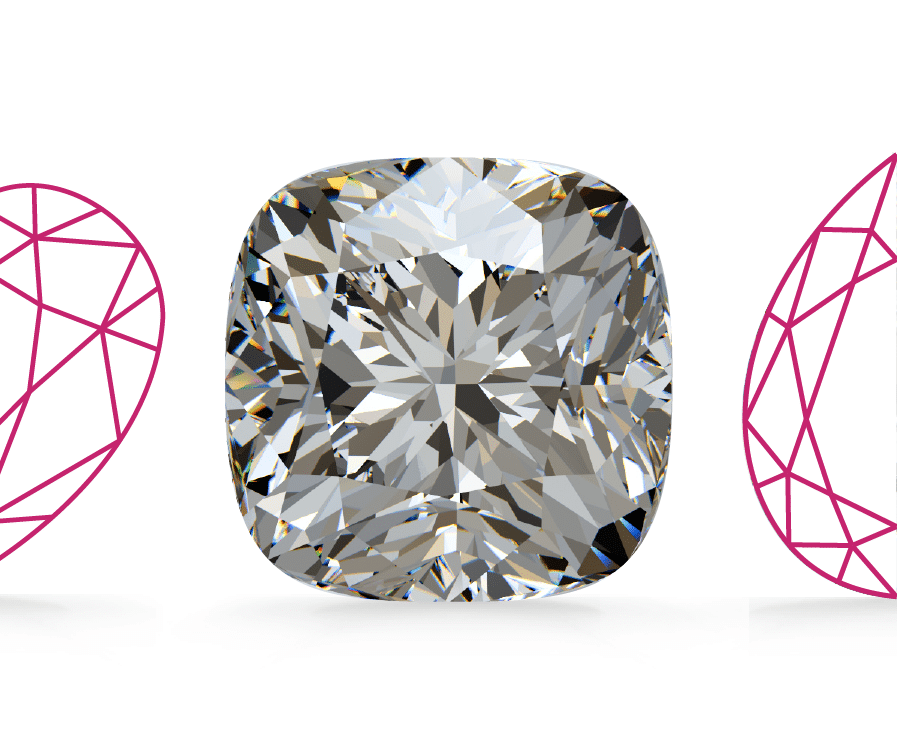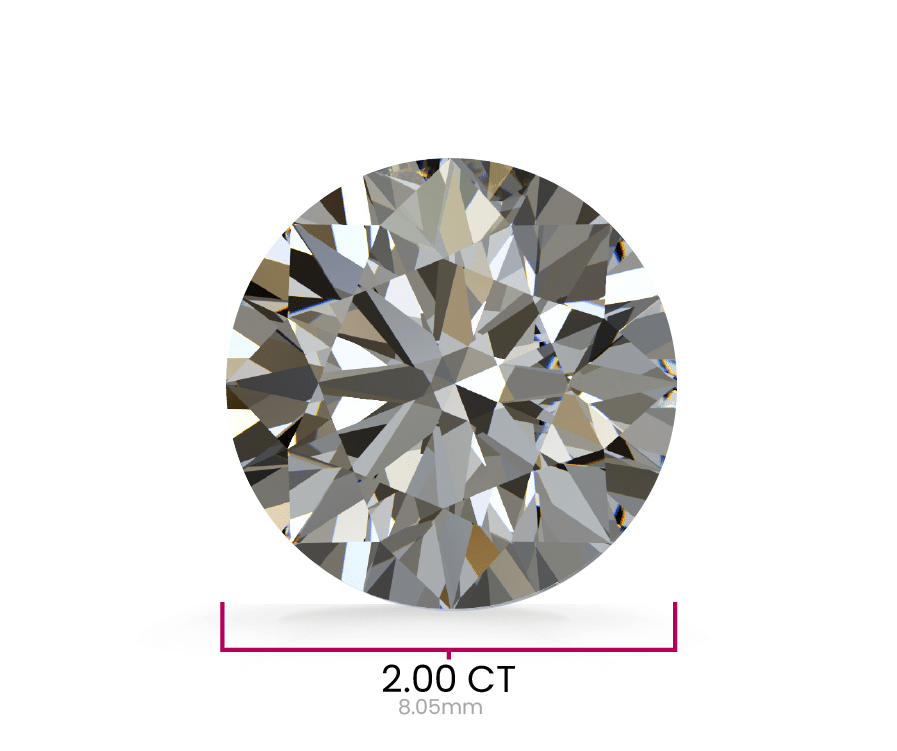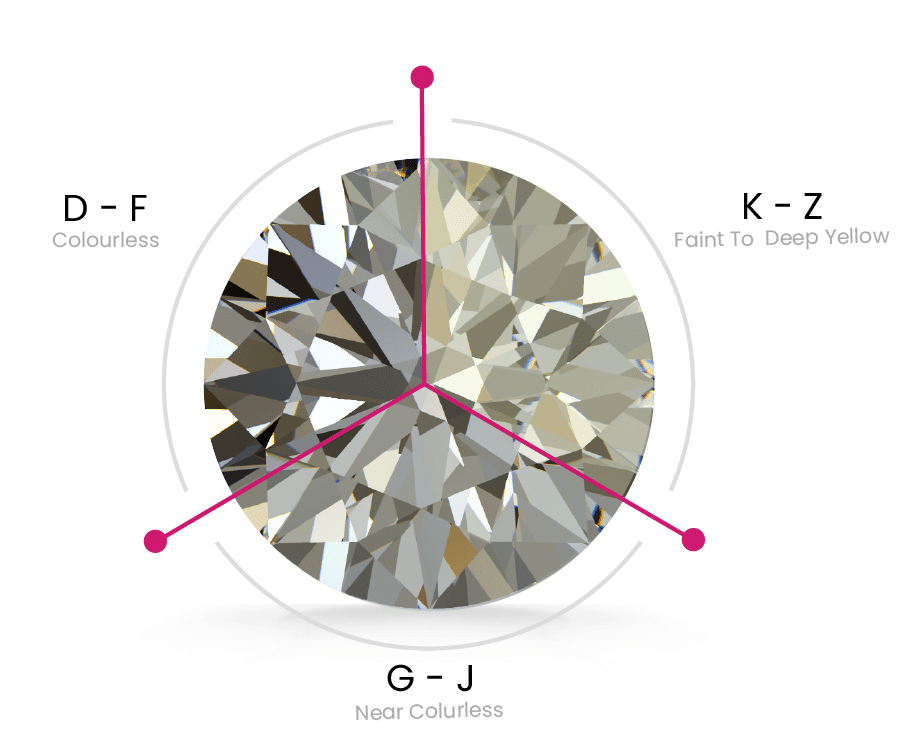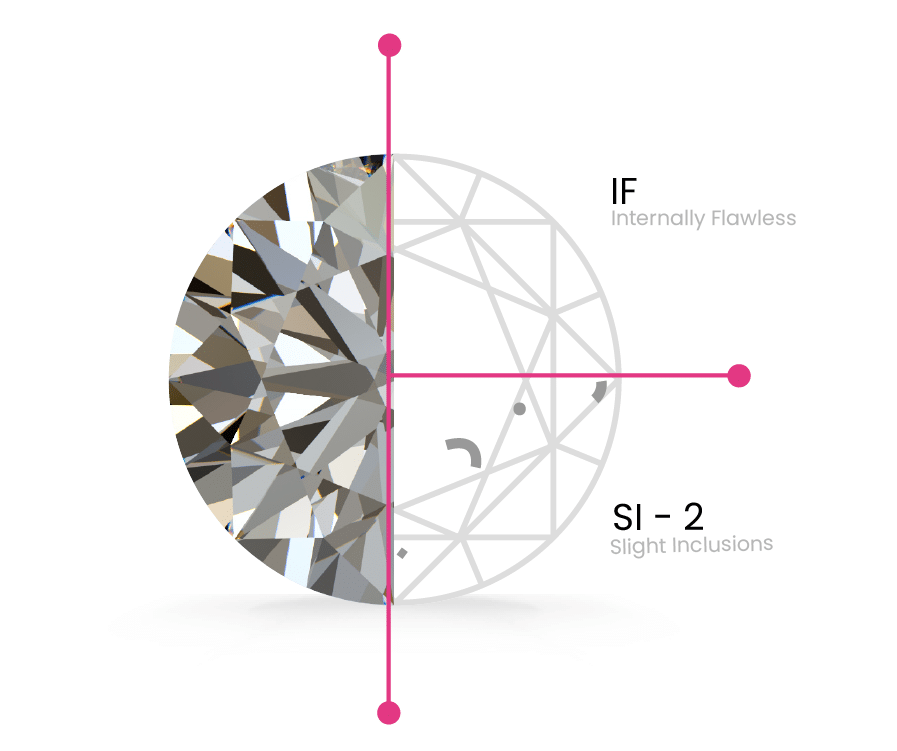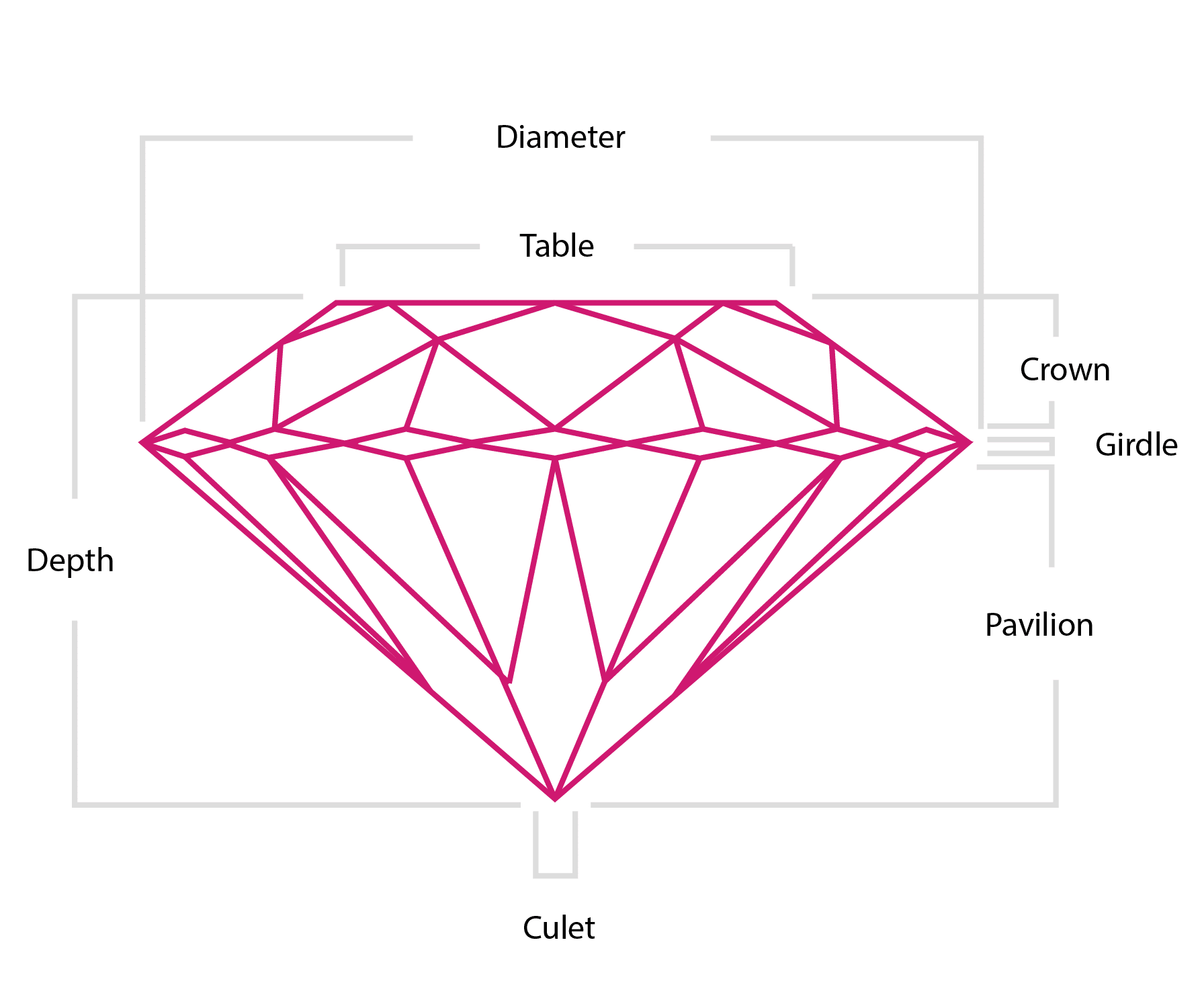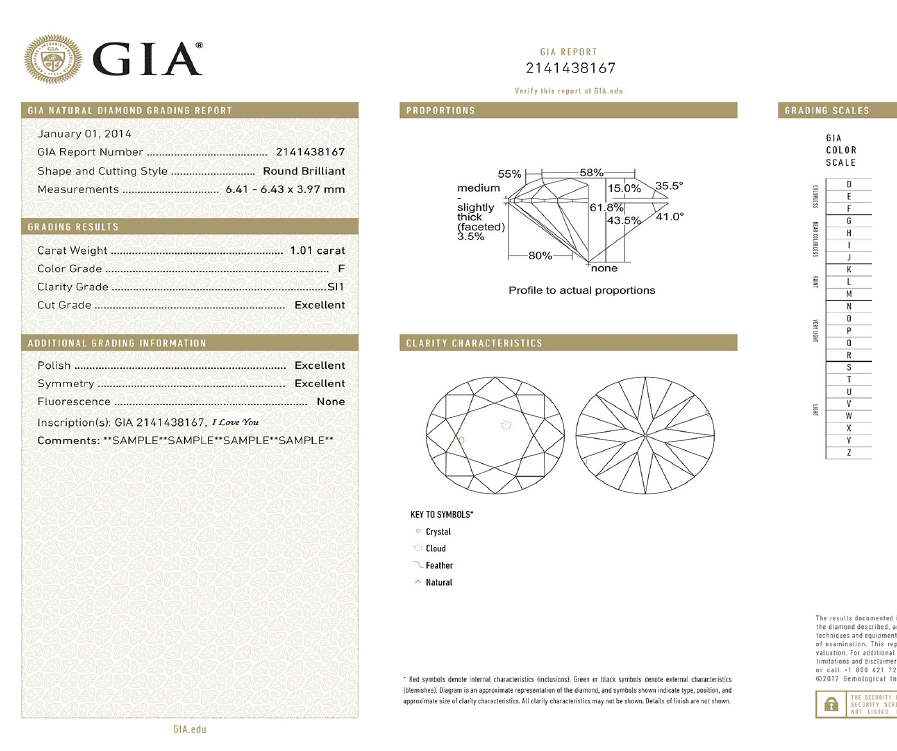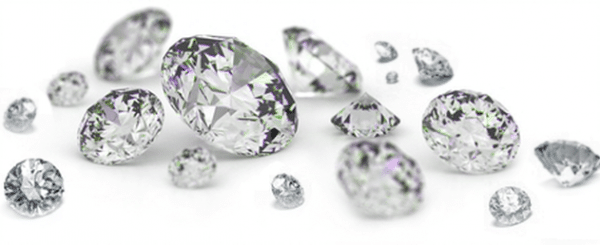Diamond Shapes
We all know the iconic diamond shapes. Its rounded circumference with a flat top, tapered base, and angled cuts. It is a symbol of elegance, wealth, and power that is recognised internationally.
But a diamond can come in way more than just one shape. For many people, the uniqueness of a shaped diamond is infinitely more meaningful than choosing a diamond that looks the same as everyone else has.
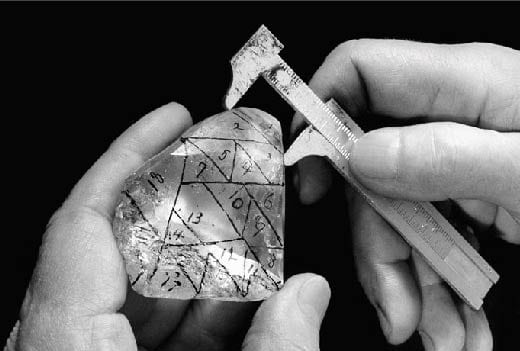
Popular Diamond Shapes
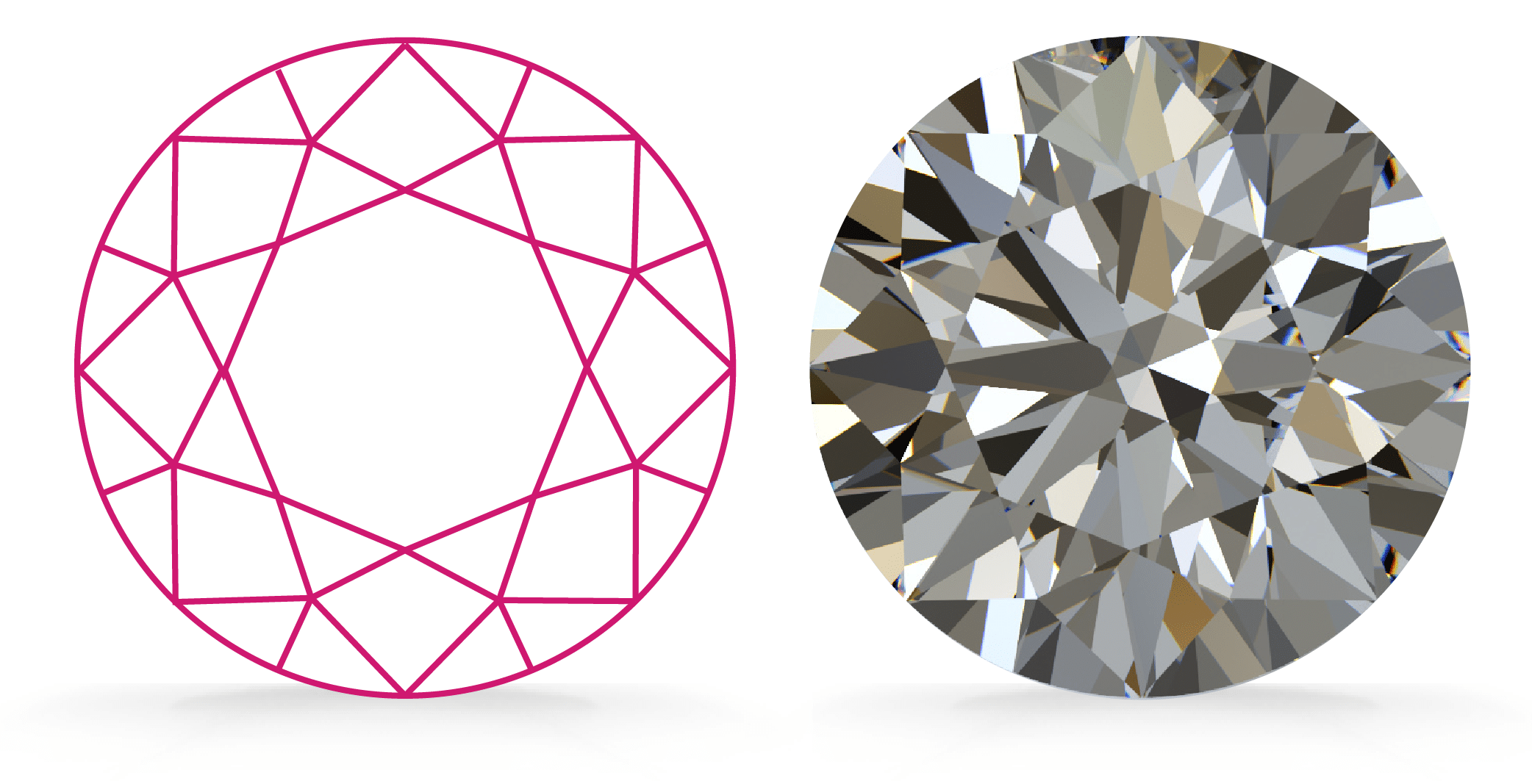
Round Diamonds
The Round brilliant cut diamond is the most used and always in demand diamond shape in the industry. For almost 10 decades, diamond cutters been using innovative theories of light imitating. To improve the fire and brilliance in the round diamond they tried various theories.
Princess Diamonds
Princess shape diamond is the highest sought out shape diamond after round diamond. It’s the second most preferred shape due to its brilliance and unique cut for diamond jewelry. The Princess shape diamond has pointed 45-degree corners and is squarish in shape.
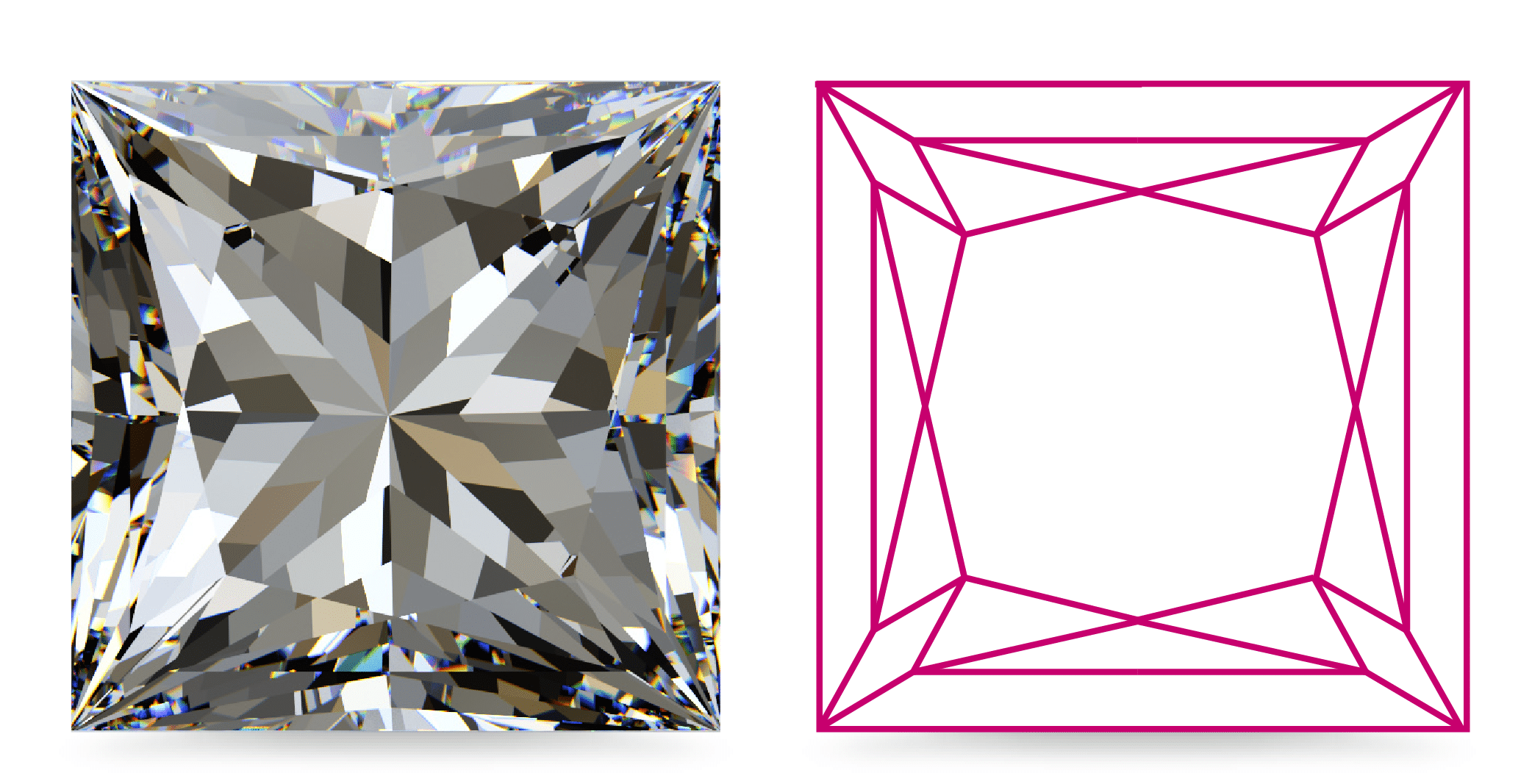
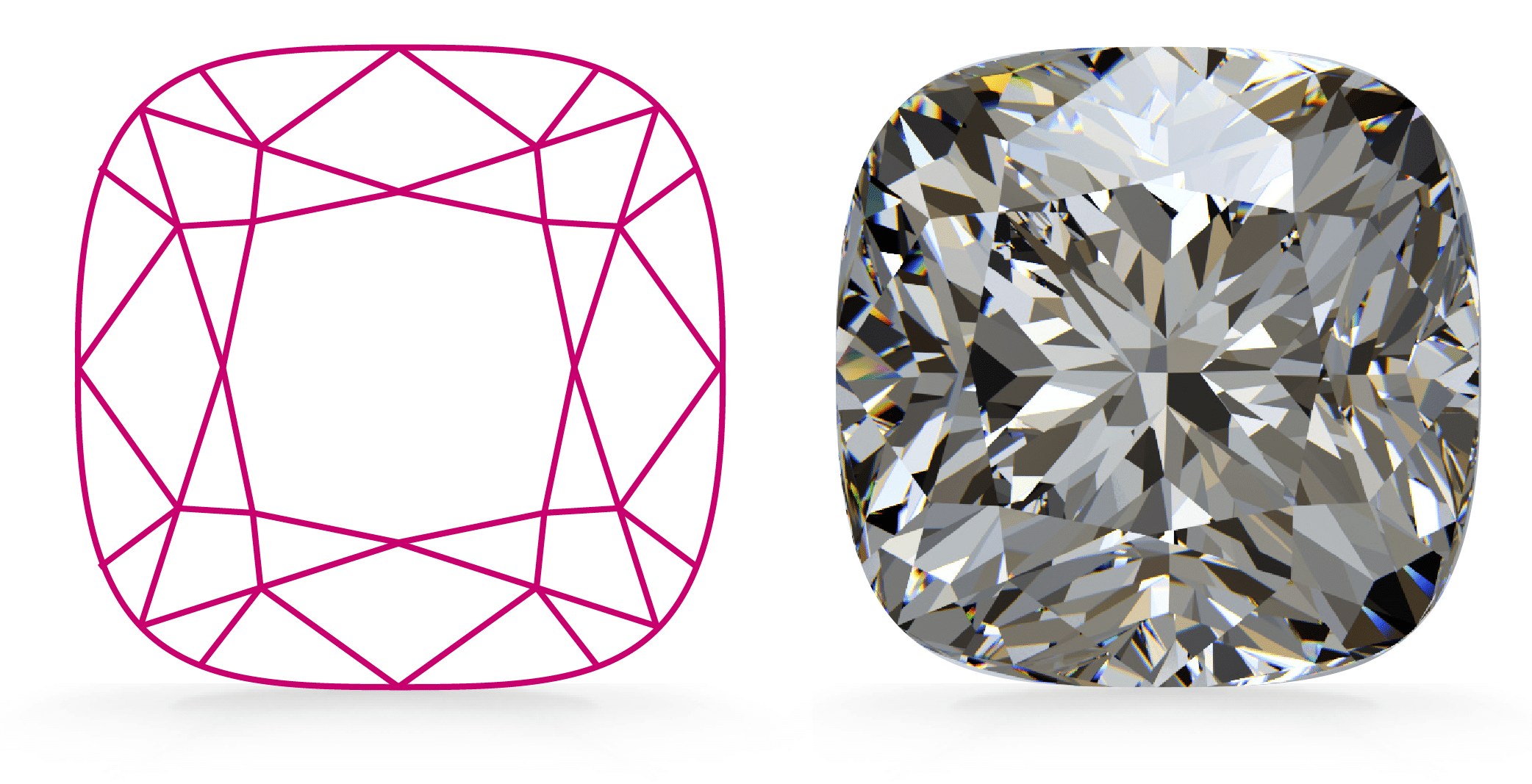
Cushion Diamonds
This unique shape has been popular for more than a century. Cushion cut diamonds are also known as “Pillow cut diamonds”. They have rounded corners and larger facets to increase their brilliance.
Heart Diamonds
The heart shape is the ultimate symbol of love. The unique look of the heart-shaped diamond makes it a distinctive choice for jewelry. When choosing a color grade consider that the price of a J color is exceptional.
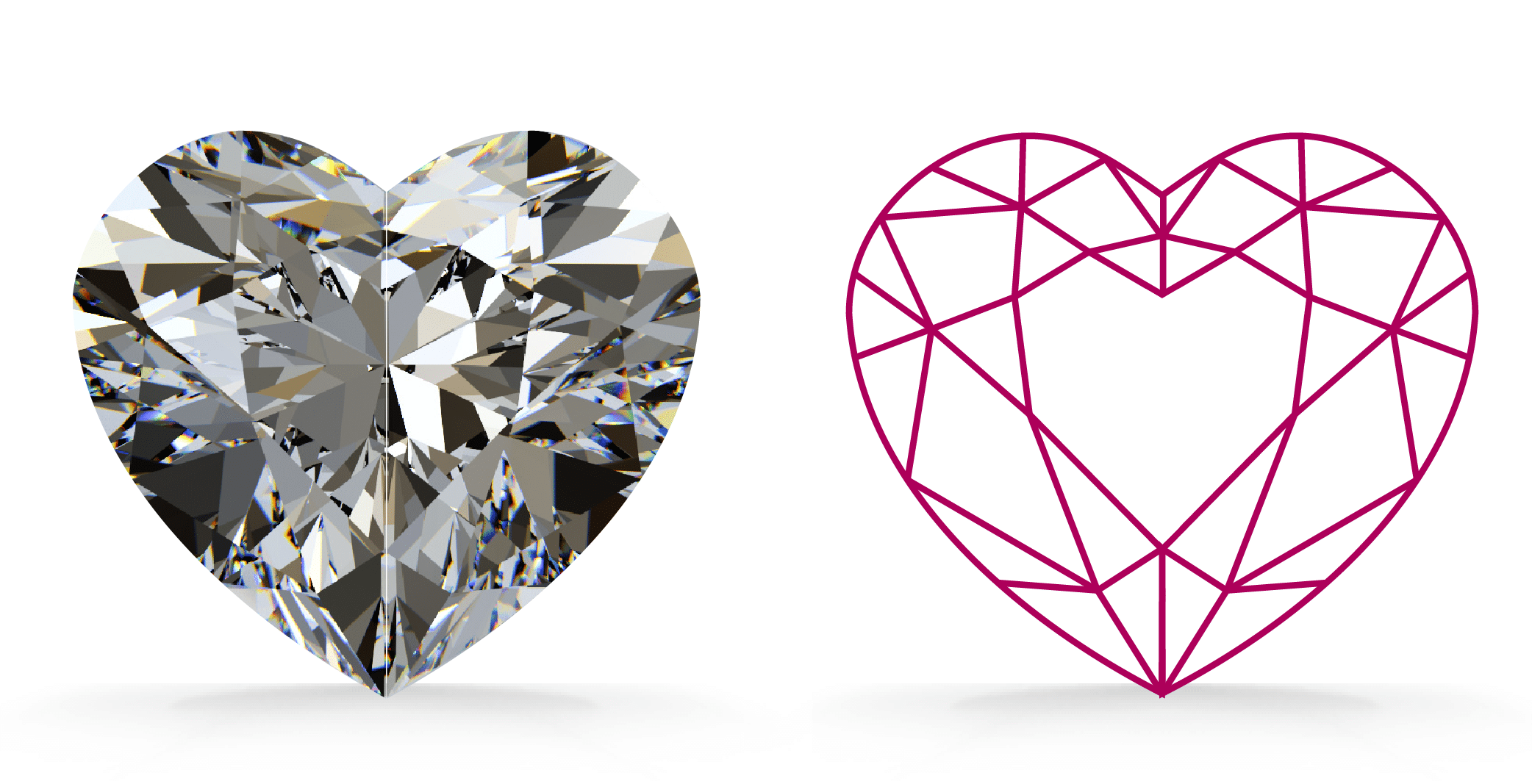
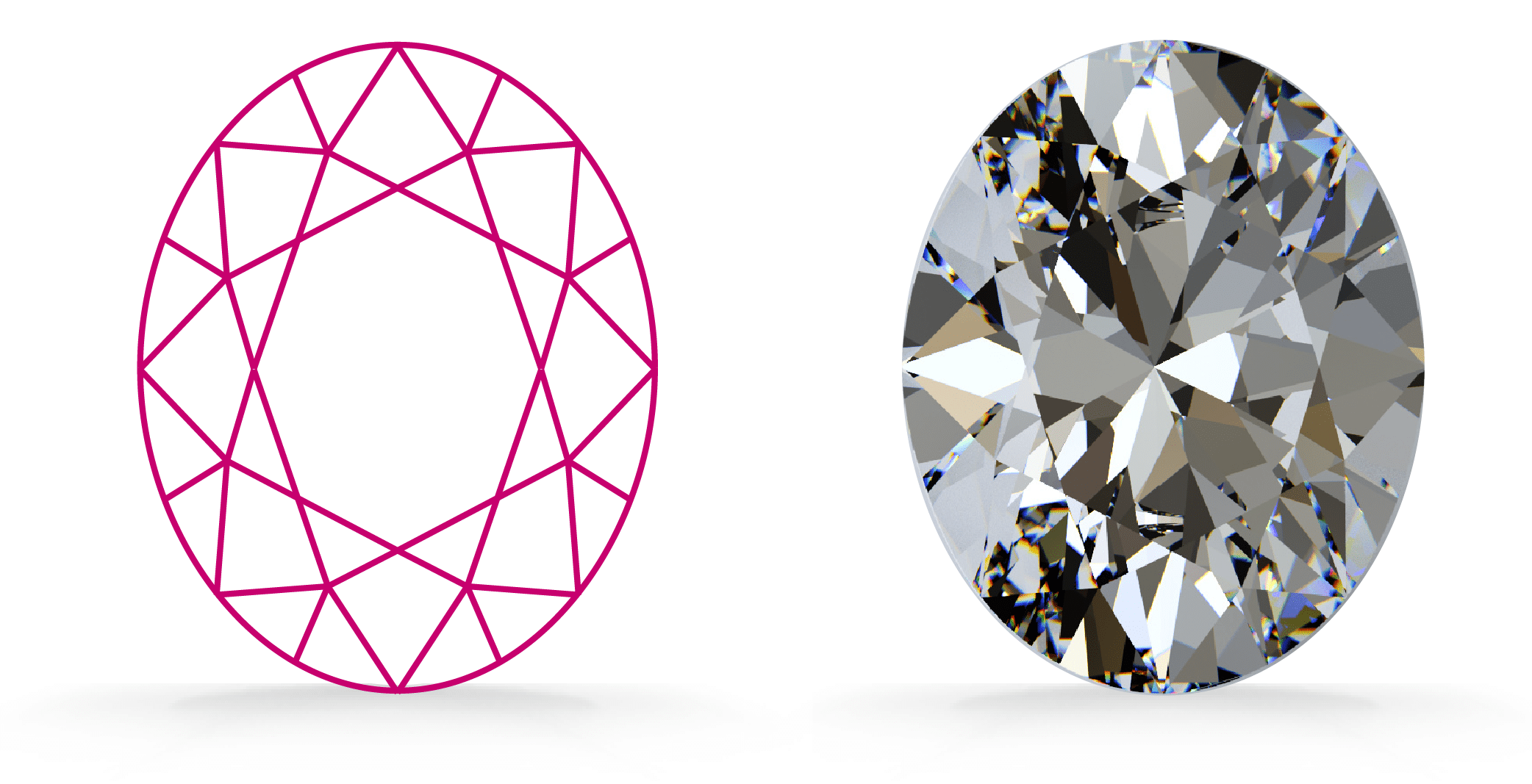
Oval Diamonds
An oval diamond has a beautiful brilliance that’s like a round diamond. Oval diamonds are also very popular as their length can stress long, slender fingers. To find the dimension of oval you want looks for the length to width ratio on our website.
Emerald Diamonds
What makes Emerald shape diamond is its pavilion part which has rectangular facets. It’s like step cut to create a finest optical appearance. Due to its wide open table, emerald shape highlights the clarity of a diamond.
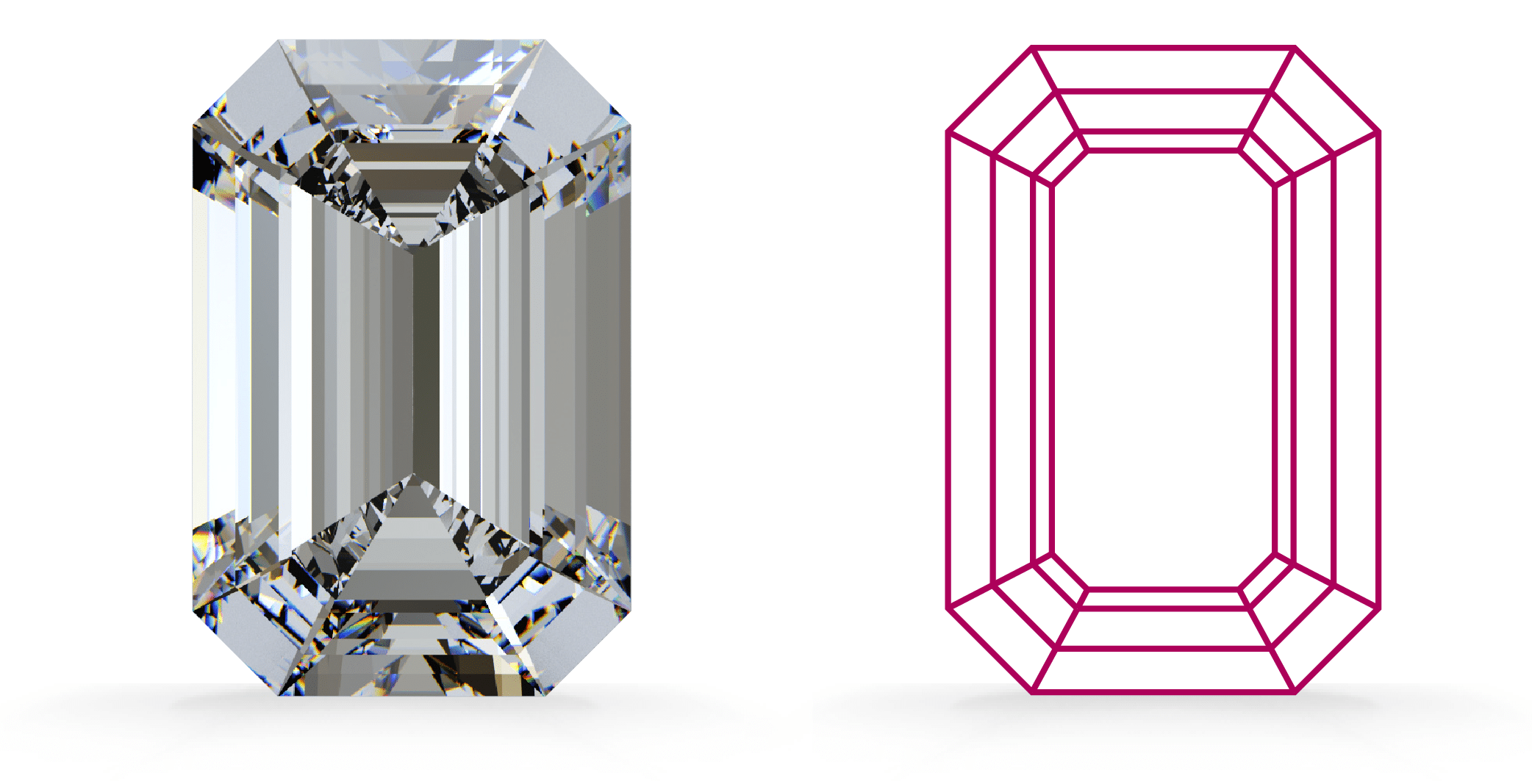
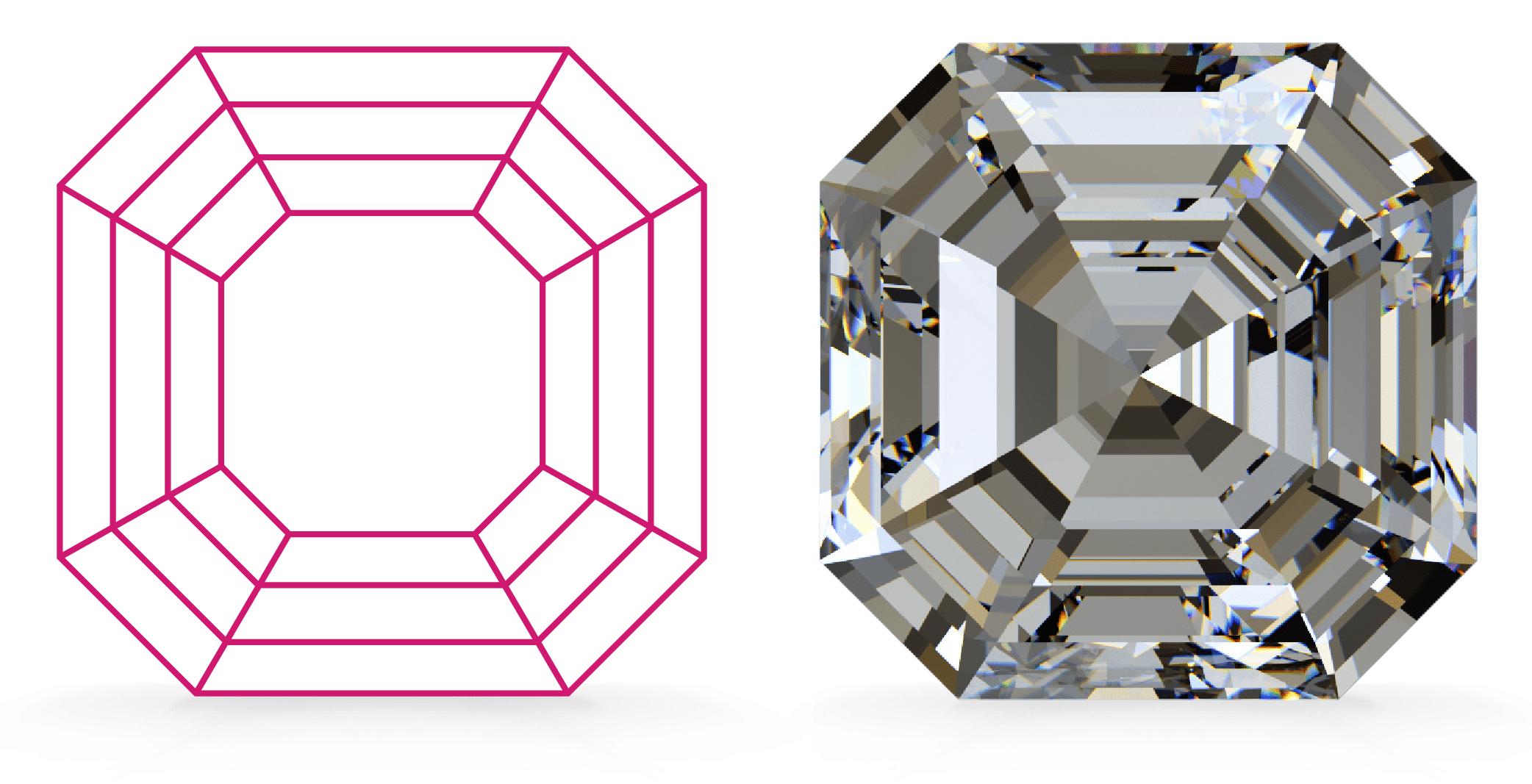
Asscher Diamonds
This unique shape is identical to the emerald-cut, except that it is square. Also, the pavilion of this shape is similar as emerald cut with rectangular facets in the same style.
Marquise Diamonds
The shape of a marquise diamond can maximize Carat weight which makes it larger it looks. As per my opinion, this diamond looks better with round or pear shape accent. And the length of the marquise makes the fingers appear long and slender.
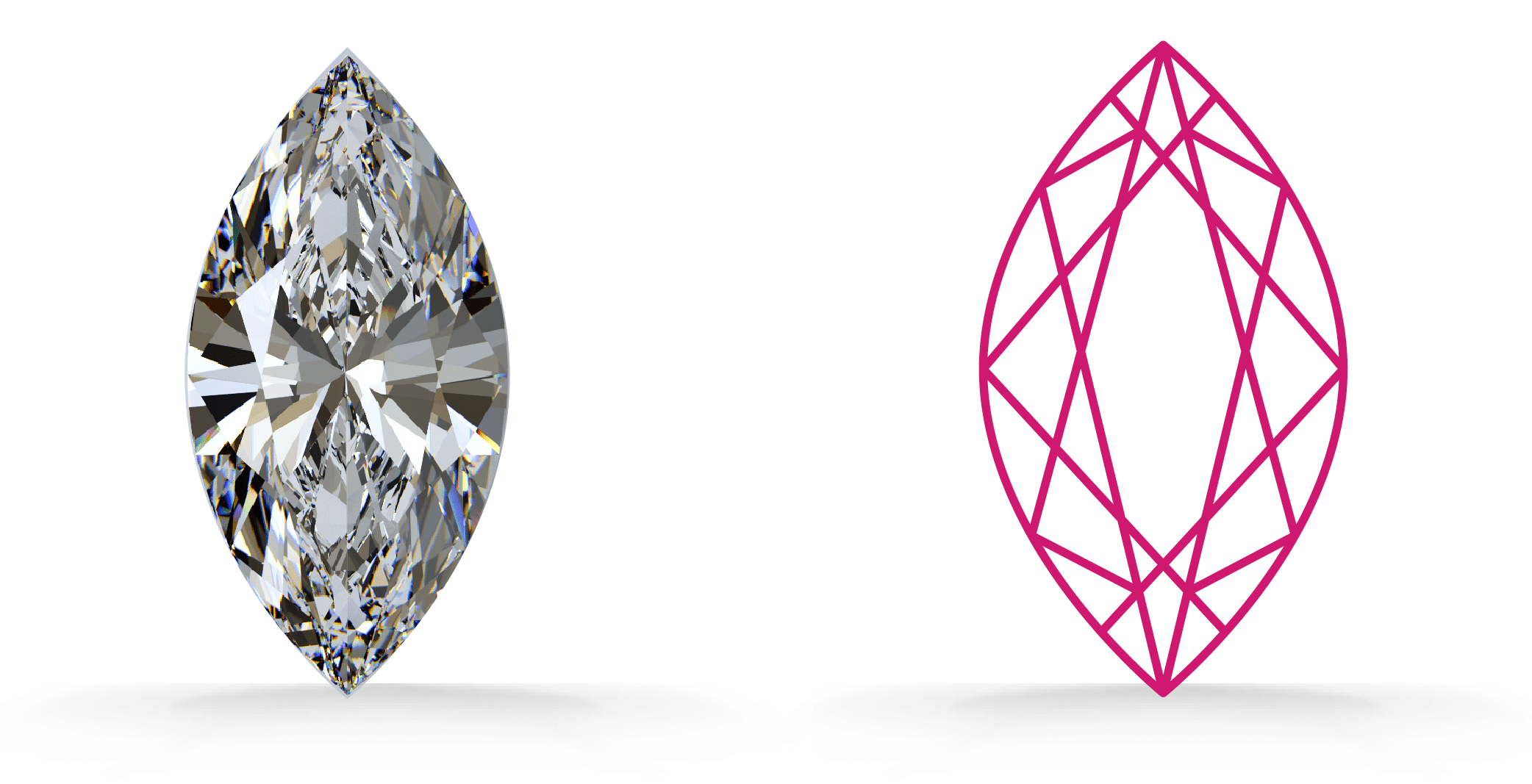
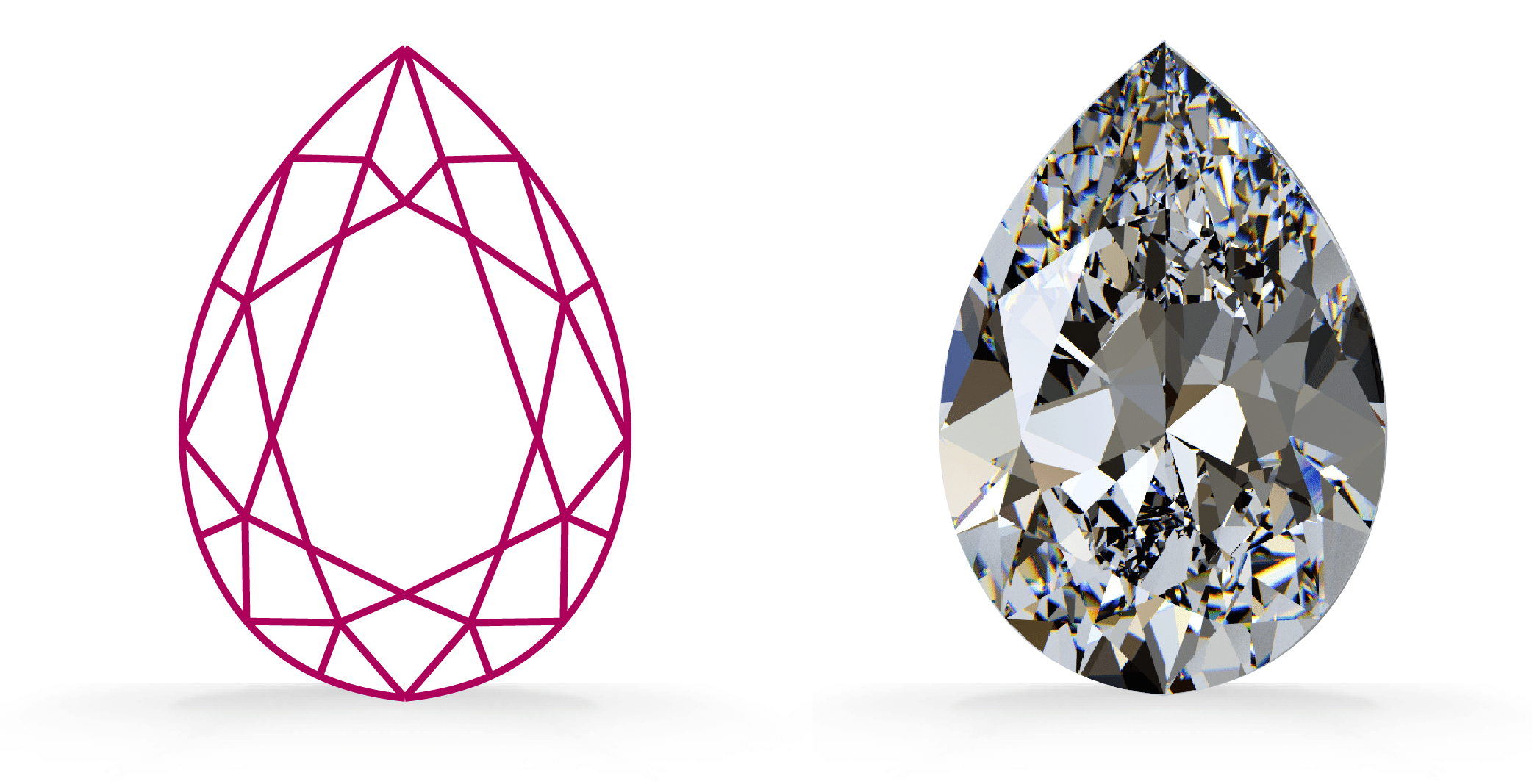
Pear Diamonds
This brilliant-cut diamond is also called a teardrop for its single point and rounded end. The unique look of the pear shape helps make it a popular choice for a variety of diamond jewelry.
Radiant Diamonds
The square radiant looks very similar to a Princess shape, but with cropped corners. Once set, a square radiant and a Princess look virtually similar since the prongs cover the corners.
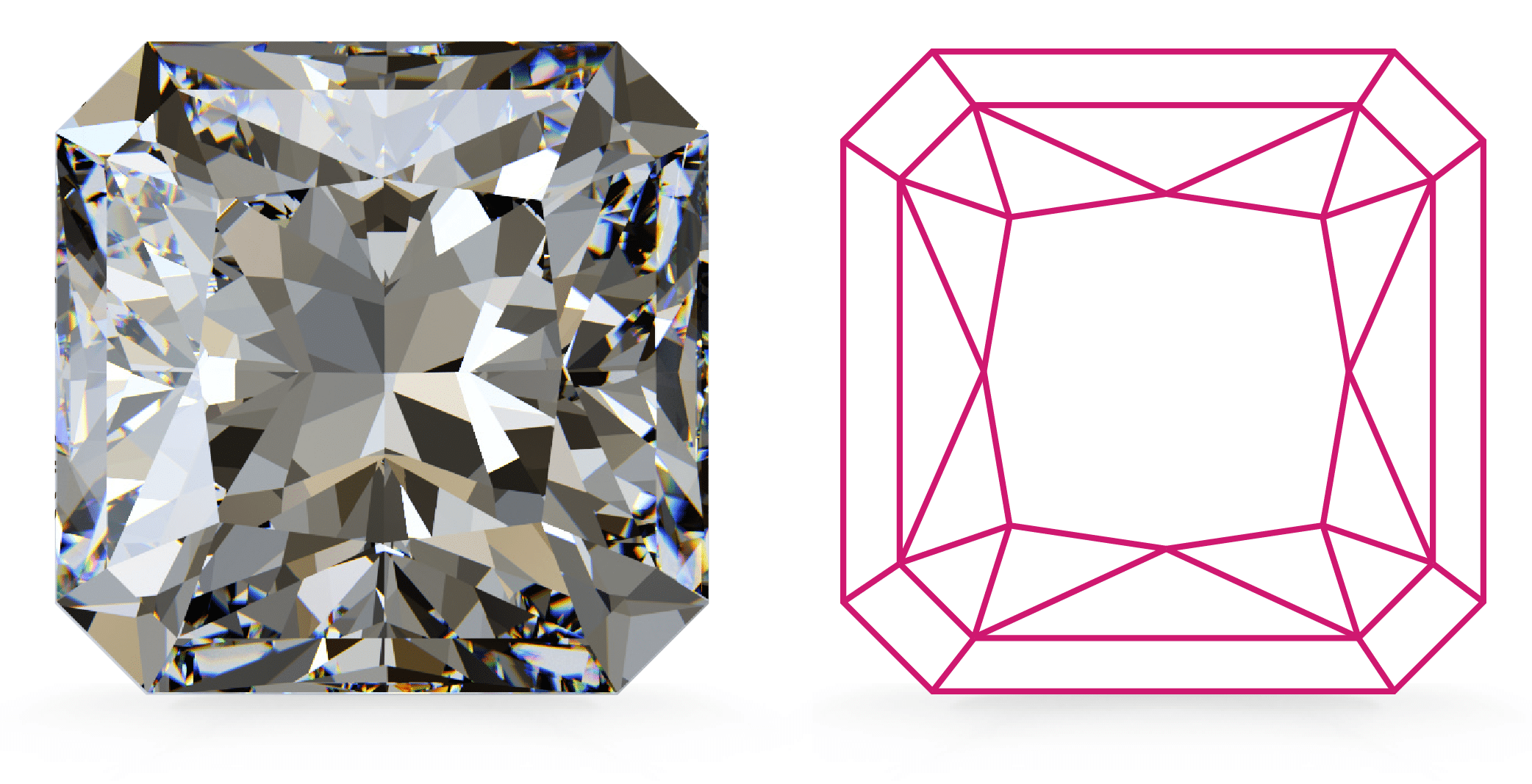
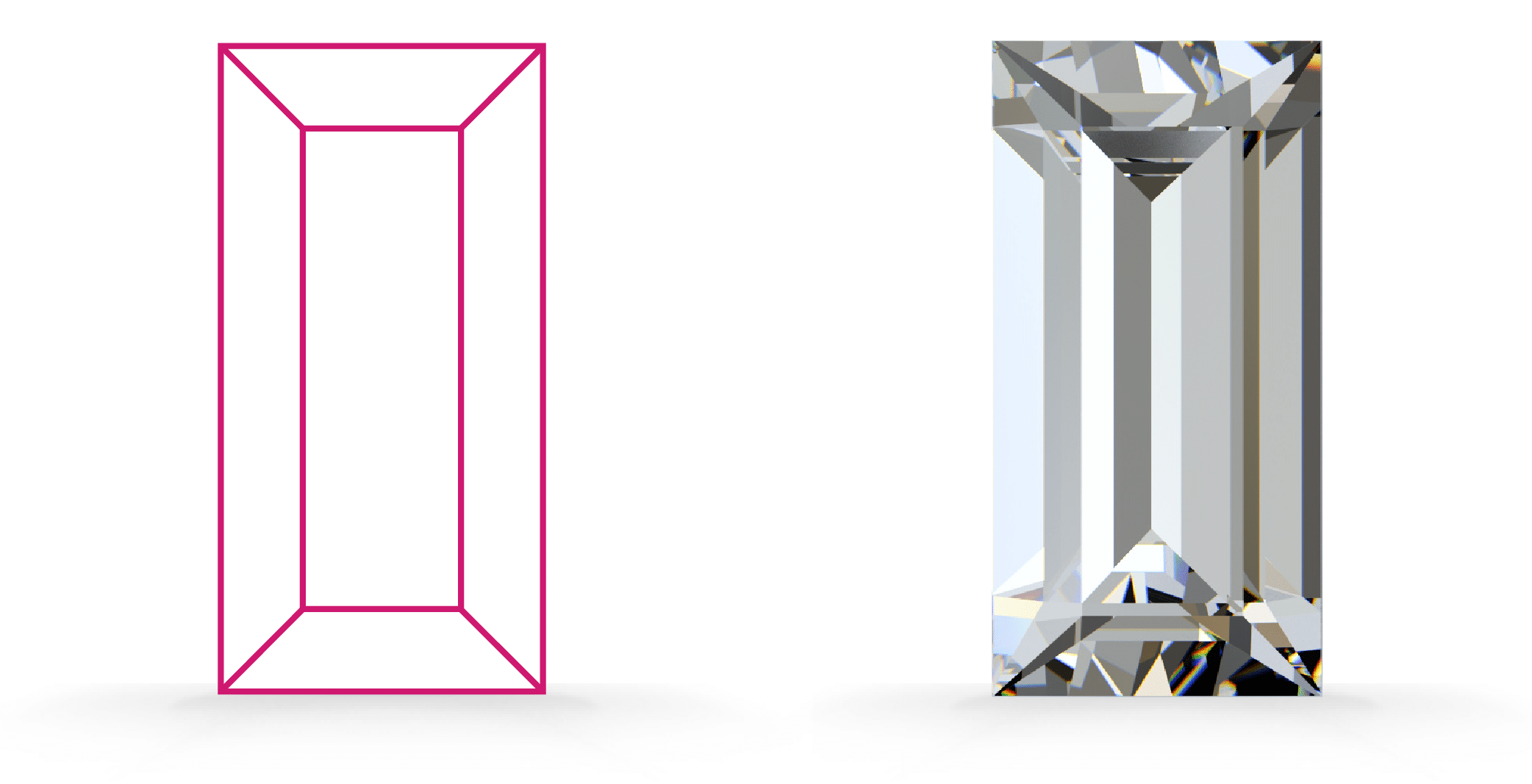
Baguette Diamonds
The earliest reference to a baguette cut diamond originates from the hogback cut, an “elongated table cut” used as early as the 16th century. This diamond cut has been known as a “baton”, a “diamant baton” and even as a “stick” brilliant. The first proper baguette cut diamond appeared around 1909 and at that time still had rounded corners. The cut quickly evolved around the 1920’s to 1930’s into the geometric shape with 90-degree corners that we know today.
Trilliant Diamonds
Triangle, Trilliant and Trillion are all permutations of a name applied to a triangular brilliant cut diamond. The Trilliant and Trillion cut was introduced by the Asscher brothers in Amsterdam and was later trademarked by the Henry Meyer Diamond Company of New York in 1962. Now that the patent has expired, the term “Trilliant Cut” is used to refer to all triangular shaped gems, even step cut and cabochon stones.
